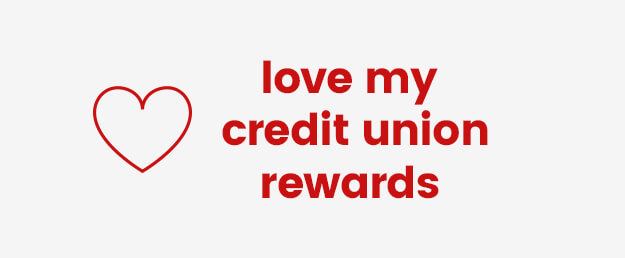
Say Goodbye to Expensive Retail Therapy: 5 Tips On How to Beat Impulse Purchases
- By DEXSTA
- 8.02.2021
- Community,Latest News
If you’ve ever turned to “retail therapy” during hard times, don’t worry. You’re not alone. We’ve all suffered from a bad day at work, an unexpected breakup, or even just a bad case of the Mondays. In those hard times, impulse buying can rear its ugly head, leaving you with high balances on credit cards and a sinking feeling from losing control.
But all is not lost! There are ways to limit (and even prevent) impulse purchases altogether. All it takes is a little patience and a few tactics.
What are Impulse Purchases?
If you find yourself going to the store for just one or two things, only to come home with a cart full of items, you’ve experienced impulse buying. Impulse purchases are those items that seem to find their way into your cart even though you didn’t intend to buy them when you set off on your shopping trip.
For the most part, impulse shopping stems from psychological factors like not wanting to miss out (FOMO) and sometimes an unconscious effort to boost our mood. Buying items on a whim can trigger bursts of dopamine in the brain. This neurochemical makes us feel happy and even euphoric in the moment, but the effects usually wear off quickly.
Luckily, there are plenty of tools to help overcome impulsive shopping and reap the benefits of a sound budget and extra savings. Here are five ideas to get you started.
Five Tips To Help Control Impulse Purchases
Check-in with yourself. The big driver behind retail therapy is a desire to change your mood. But often, we head to Target, or another store, without thinking about our mental state at all. Check-in by asking simple questions like “how do I feel right now?” or “what do I really need right now?”
Remember that retail therapy is a short-term solution. In the heat of the moment, it’s easy to think that getting that new top or rug or pair of shoes will make everything better. However, reminding yourself that the short-term dopamine hit will wear off can help keep your spending in check.
Try a no-spend month. We don’t usually set off with the intention of impulse shopping—typically, it happens because you’re in the store, surrounded by marketing messages. By instituting a no-spend month, you can keep yourself out of stores (online and in-person) and away from the triggers.
Try the 24-hour rule. If the no-spend month feels a bit out of reach, another tactic you can use to separate the impulse purchases from the necessary purchases is the 24-hour rule. If you see an item in-store that you want to purchase but isn’t on your shopping list, wait 24 hours before spending the money. By walking away at that moment, you give yourself space to really assess the purchase.
Budget some fun money. Alternatively, over-restricting doesn’t always work for people. In some cases, limiting trips can leave people with FOMO, and they end up breaking down on a late-night online shopping spree. So if you find that the temptations are really high, you can try budgeting impulse purchases into your spending, so you don’t feel like you’re missing out on anything.
If this is the right path for you, we suggest using a cash-back or rewards card to make these purchases, along with any other budgeted costs.
You can learn more helpful savings tips and take control of your financial situation by connecting with the team at DEXSTA Federal Credit Union.




